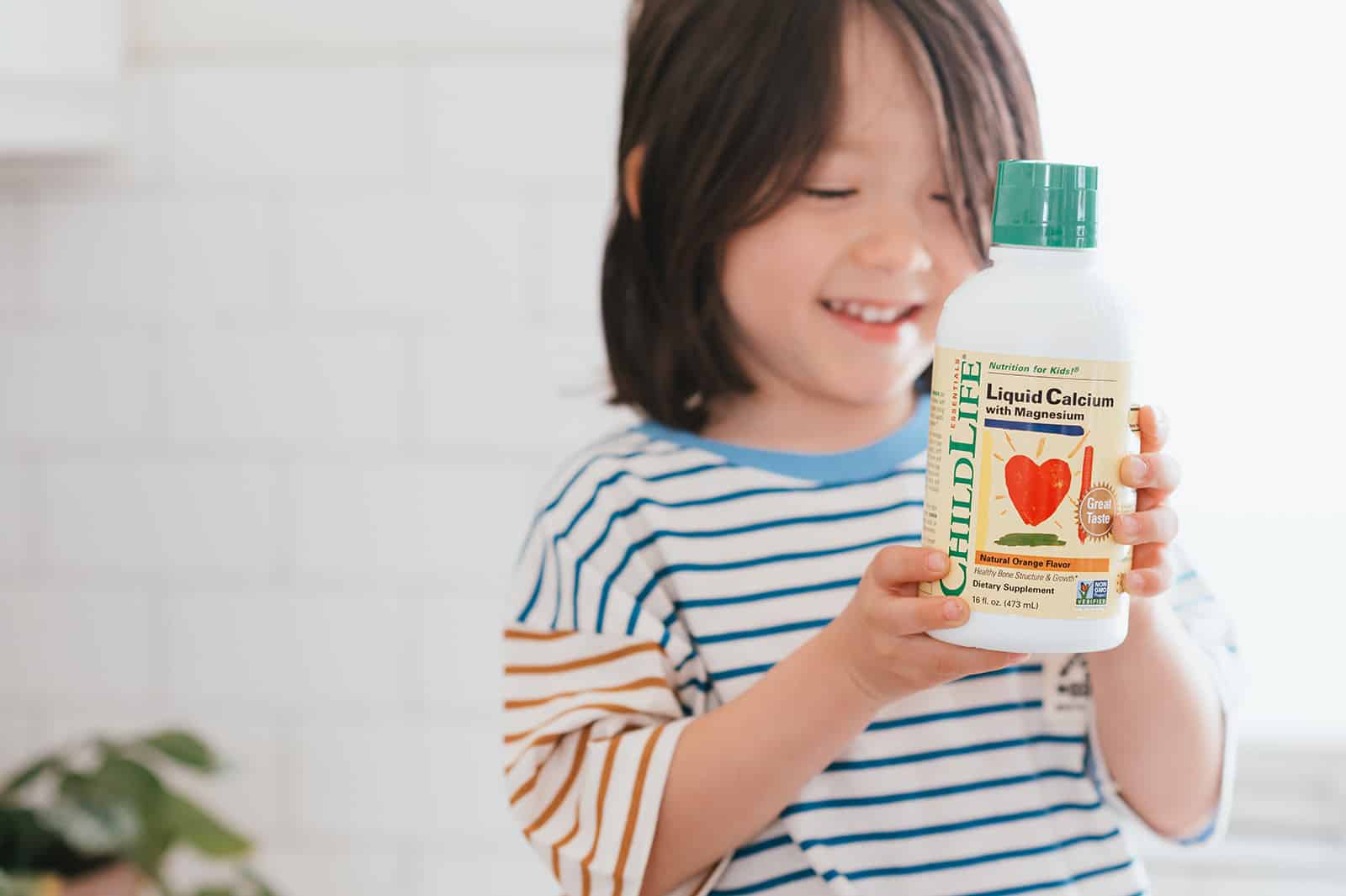Mealtimes can often be one of the most stressful times when you have a toddler or preschool-aged child. If you have a child who is a picky eater, you know the struggle of mealtimes is real. Getting a picky eater to eat their food or even try new food can be a battle you rarely win. If this sounds like mealtimes with your children, it might be time for a new approach. We know that the power struggle of getting your children to eat can lead to frustration and pressure to eat the food. This pressure can be the roadblock in allowing your children to feel comfortable trying new foods. One way to overcome this challenge is to make food more fun. This small change can make a world of difference in getting your children to eat. Here are a few tips on how to make food a little more fun for your children.
Have them help in the kitchen
Having your children help you prepare or cook a meal may differ between trying food or rejecting food. Studies show that when your child helps you prepare a dish, they are more willing to try it as opposed to just serving it to them (1). Having your children help prepare a meal or snack can be beneficial in many other ways as well; education, physical development, health, creativity, and building relationships. While these are all essential benefits, the most important focus of this activity is that it is fun! Depending on your children’s age, they can help mix pancake batter, pour fruit into the blender, or chop veggies for a salad. Encourage them to taste the foods as they go, ask them if it needs more seasoning or more sweetness. These engaging food activities provide your children with additional exposure to new foods in a fun, low-pressure environment.
Let them help with grocery shopping
Bringing your children with you to the grocery store to help may seem like an added challenge, but I promise the benefits are worth it in the end. Asking your children to help you with grocery shopping is an activity that combines both fun and food exposure. Before you go, ask them to help you create a shopping list; discuss what they want to eat this week or what vegetables they want to add to their favorite pasta. When you arrive at the store, ask them to scoop up the green beans, put them in the bag, or pick the freshest-looking fruit. This additional exposure to seeing and touching fruits and veggies can be a fun way for your children to get more comfortable around them before seeing it on their plate.
Create fun shapes with food
Sometimes, you just need to switch up the look of a food for a whole new outlook on it. This idea is especially true when it comes to toddlers and preschool-aged children. Maybe it is time to try a different take on some of the foods they struggle to eat. Cutting sandwiches or fruits and veggies into shapes using shape cutters can be a simple, easy way to change up mealtimes. There is no doubt that your children will love dinosaur shaped sandwiches and heart-shaped cucumbers for lunch. Taking a boring vegetable and making it fun might be the difference between your child trying it or leaving it on their plate.
Let them play with their food
Yes, you read that right. Let your children play with their food! Allowing your children to explore the different textures and consistencies of food before putting it in their mouths can help them get more familiar with the food before trying it. They may have to play with the food a few times before they put it in their mouths, and that’s okay. This fun experience can take off the pressure of trying a new food the first time they see it on their plate. Sometimes, too much pressure to eat a particular food can have the opposite effect leading to aversions. Let them interact with their food by poking, smashing, or smearing it on their tray. Have fun and try not to stress about the mess.
Let them create a new dish for meals or snacks
Have your children create a new dish for a meal or snack; however, they want it. Let them get creative with the ingredients; provide the structure to the activity but let them take the lead with the rest. Ask your children to name the new recipe they helped create and celebrate when serving the dish at mealtimes. Allowing your children to create their own dishes gives them the opportunity to explore food in a fun and new way.
Sources
- Horst, K., Ferrage, A., & Rytz, A. (2014, April 04). Involving children in meal preparation. Effects on food intake. Retrieved from https://www.sciencedirect.com/science/article/pii/S0195666314001573?via=ihu




